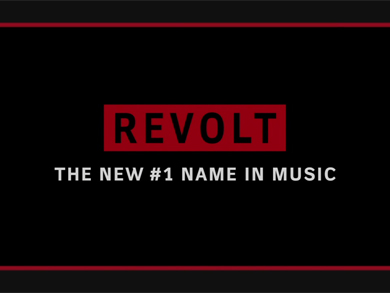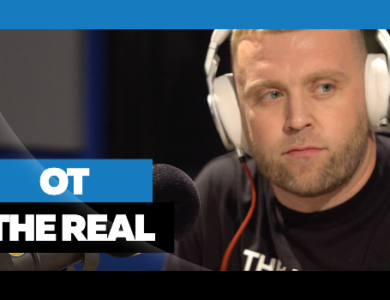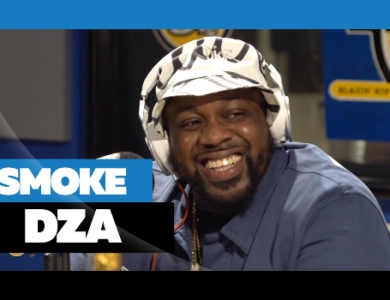
Fiat-Chrysler CEO Sergio Marchionne announced a single management team for the two companies dominated by Fiat-bred executives, taking another step toward a merger of the carmakers.
The Fiat passenger-car and Chrysler-Lancia brands will get new CEOs, while four regional chiefs will be in charge of Fiat and Chrysler operations in North America, South America, Europe and Asia effective Sept. 1.
@Funkmaster Flex
Marchionne will keep the role of overseeing Fiat and Chrysler in North America for himself.
Gianni Coda, head of purchasing at Fiat, was appointed to run operations in Europe, Africa and the Middle East. Cledorvino Belini, head of Fiat in Brazil, will oversee South America, Fiat’s most profitable market, and Michael Manley will be in charge of boosting sales and profit in Asia. Manley will continue to run the Jeep brand.
“We have now reached the right moment to step on the accelerator of the Fiat-Chrysler integration,” Marchionne said in a statement.
The regional chiefs will be part of a “group executive council” of 22 managers including the CEO, Fiat said on Thursday. The council is the highest decision-making body at Fiat outside of the board of directors.
Fourteen executives will come from the Fiat side, including three currently in positions with Chrysler. Five of the named executives were with Chrysler before Fiat rescued the U.S. automaker through a 2009 bankruptcy.
Chrysler-Lancia, Fiat brands get new CEOs
Olivier Francois moves to head Fiat brand from his post as CEO of Chrysler-Lancia. New head of Chrysler-Lancia will be Saad Chehab, currently head of group advertising for Chrysler.
Chehab was hired from Ford Motor Co. by Marchionne in July 2009, just a month after Chrysler emerged from bankruptcy.
Francois gets a double promotion. He will become CEO of the Fiat passenger car brand which, with annual sales of about 1.5 million units, is by far the biggest unit in Fiat-Chrysler that likely will have combined global sales of about 4 million this year.
The Frenchman also consolidates his previous role of head of marketing communications on both sides of Atlantic, becoming the chief creative officer of the combined organization. In his new role, he will continue as the global head of all advertising operations.
Marchionne, 59, aims to merge the carmakers to reduce costs and achieve a target of more than 100 billion euros ($140 billion) in revenue by 2014. The executive said in May that the timing of a merger hasn’t been decided, adding that it’s not likely this year.
‘U.S. center of gravity’
“Marchionne’s decision to keep the role of overseeing the business in North America shows that the center of gravity of the combined entity will be in the U.S.,” said Gianluca Spina, chairman of the business school at Polytechnic University of Milan. “The integration process is going extremely fast, as is Marchionne’s style.”
The elevation of Chrysler executives to the executive council illustrates the growing role the U.S. operations play in Fiat’s future, said Joe Phillippi, principal of consulting firm AutoTrends Inc. in New Jersey.
“Chrysler is very, very important and they recognize that there’s a lot Chrysler has, despite the troubles of the past two years,” Phillippi told Bloomberg.
Fiat and Chrysler is now a “fully consolidated group,” Exane BNP Paribas analyst Thierry Huon said in a July 27 research note.
“We acknowledge that management has done a very good job of putting Chrysler back on track, but we believe that the profitability of this venture in the short term is still too dependent on Brazilian and U.S. car demand.”
Among the 22 executive committee members are some who worked with Marchionne when he started considering the Chrysler acquisition in 2008.
They include Stefan Ketter, as head of manufacturing technology; Harald Wester, who has been head of Fiat engineering; Alessandro Baldi, head of Fiat’s treasury, who has been on Marchionne’s staff for more than 20 years, and Alfredo Altavilla, who is also a Chrysler director.
Marchionne also put executives on the panel who helped him turn around Chrysler, including Richard Palmer, who becomes chief financial offer of the group.












